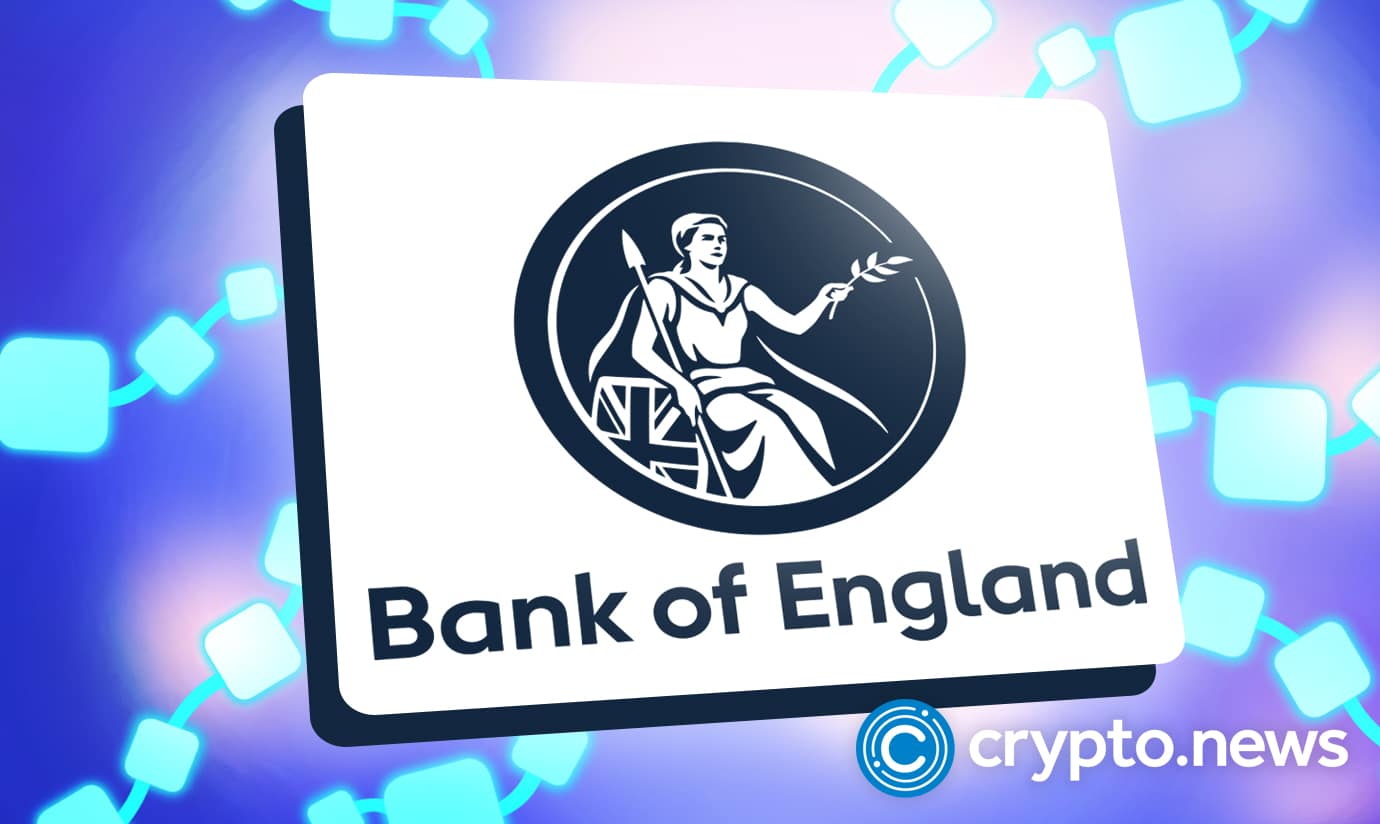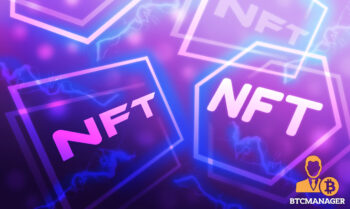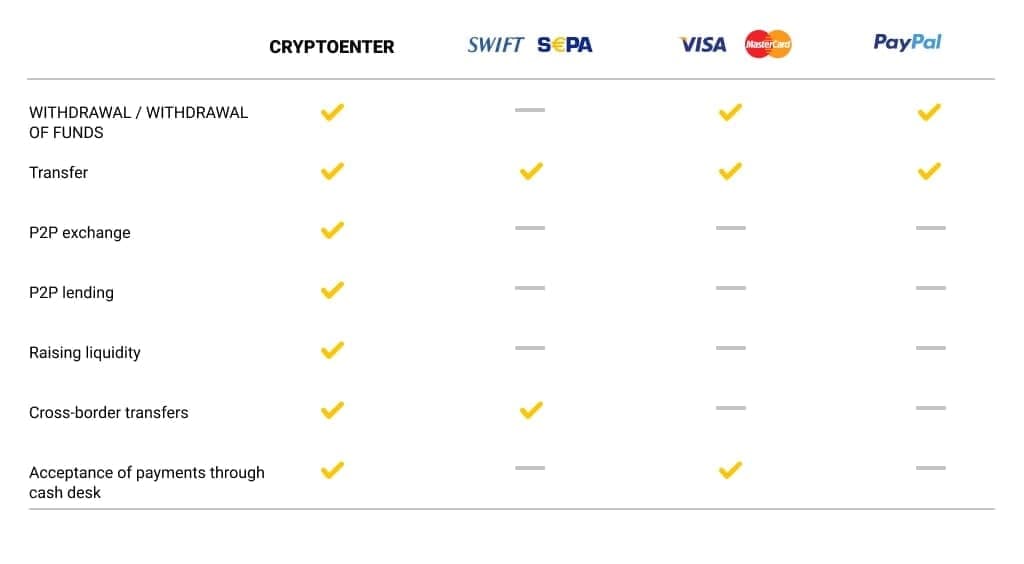2018-10-6 23:56 |
Blockchain technology first appeared almost ten years ago, as a way to provide and support Bitcoin. Despite the fact that this was its original purpose, this technology has developed numerous new use cases, and has touched nearly every major industry.
Blockchain promises a new way of exchanging information, making transactions, and preserving data. All of this is done in a decentralized way, which means that no single governing body would have control over it. That way, data is prevented from manipulation and tampering, while the power over transactions and money is taken away from financial institutions, and given to the community.
What is Blockchain?Simply put — blockchain is a digital recording of transaction history. However, even this is not the best way to describe it, since it has numerous other features that differentiate it from a digital ledger in a traditional sense. It is managed and distributed across P2P networks that include numerous computing devices. Data regarding transactions is transparent and available to all of the network's participants. Also, transactions are recorded on the blockchain upon validation via consensus mechanisms, which eliminate tampering and provide the truth.
We have already mentioned decentralization, but it is important to understand that this is one of the core principles that this technology is based upon. However, as time went by, many have started to doubt that true and complete decentralization can ever be achieved. That is — without sacrifices in some areas, such as privacy, scalability, performance, or security.
This is an important thing to note for everyone looking to approach the blockchain technology. It is also where the difference between public and private blockchain lies. These two types of blockchain are categorized as permissionless and permissioned, and understanding the difference between them is important for understanding different tradeoffs that need to be considered when developing a blockchain.
Public vs Private BlockchainBoth types of the blockchain, public and private, are based on distributed ledger technology. However, the difference lies in five important aspects. Those are permissions, security, scalability, consensus, and performance.
1. PermissionsAs mentioned earlier, public blockchain is permissionless. This means that anyone can participate and gain access to it. There are no previously established criteria or necessary information that each participant needs to provide in order to join. In fact, participants do not even have to reveal their identity. Instead, they can use a pseudonym or even alpha-numeric addresses. One thing to remember is that transactions that get recorded on this version of blockchain are completely visible to everyone else.
However, while this may be acceptable to individual blockchain participants, it is not suitable for business entities. Large businesses that deal with blockchain have numerous concerns, including things like security, regulations, and alike. They need to know who is on the other end of the transaction, which is why their rules need to be much stricter. This is why they are using private blockchain, where only authorized participants can join.
Data that is shared on this type of blockchain is often sensitive corporate information. However, even on the private blockchain, the degree of privacy may vary, and participants need to determine which level of privacy is actually needed. Of course, protecting corporate secrets is important, but there is also a need for practicality. In the end, it all comes down to what the company that uses the private blockchain wishes to accomplish. They can either create a network that would connect them to numerous participants, or one that will only connect a few of them, into a small and tight community.
2. ConsensusBoth types of blockchains need to have their transactions verified, and this is done by consensus. However, there are multiple ways to achieve it. Even public blockchains have a large number of different consensus mechanisms available. However, most of them go for a structure that rewards those who contribute the most to the network.
Proof-of-Work, or PoW, is one of the most well-known mechanisms, thanks to Bitcoin and many of its altcoins. This type of mechanism allows miners to solve cryptographic problems in order to verify transactions. For their trouble, they receive a certain amount of cryptocurrency as a reward.
The problem with PoW is that it requires a lot of time, as well as large amounts of resources such as computing power and electricity. Additionally, since it is a slow process, it also results in slow transaction speed. Because of this, numerous other mechanisms that tackle these issues differently have appeared as well.
Private blockchains handle this in a different way, through a process known as a selective endorsement. Basically, since participants are already allowed to join the network, they are considered trustworthy. Because of that, they have the ability to validate their own transactions. This speeds up the process immensely, and the entire operation is much more practical.
3. SecurityWhen it comes to the security of the public blockchain, its quality depends on the transaction-recording mechanism. After transactions are recorded, they cannot be changed or altered in any way. They can only be reversed by making a completely new transaction. However, the old transaction remains visible even then.
The blockchain is difficult to hack due to its very design. Each transaction is part of a group, and each group represents a single block. Additionally, each block is a part of the chain that makes up the blockchain. Obviously, the entire chain is much more difficult to hack. However, it is still vulnerable to 51% attacks, which are situations where a malicious majority of the network gains control over the transaction approval process.
While private chains also use a similar way to group transactions into blocks, their blockchain is secured with additional measures. These include things like horizontal protection, encrypting data, and preventing attacks by only allowing privileged users.
4. PerformanceWhen it comes to performance, private blockchain tends to have much better results than the public one. Public blockchain, as we have already established, takes a long time to confirm transactions, which affects the performance. Until one group of transactions is validated, all other groups have to wait for their turn.
Public blockchain's performance depends on the network's design, as well as the infrastructure of its system. Their method of validating transactions does not require much power, which allows for higher transaction volume, as well as faster speed.
5. ScalabilityThe final aspect that makes the difference between the two is scalability. Scalability is often tightly connected to the performance itself. Basically, since anyone can join the public blockchain, it can be difficult to maintain. The more users there are — the more transactions there are. Additionally, with an increase in the number of transactions, more time is needed for their validation.
Private blockchains usually start small, but they soon grow as the company that is running it adds more partners. Since predicting the number of participants can be difficult, it is a good idea for the blockchain to have a modular architecture. Additionally, it needs to have scaling capabilities that will allow it to grow and remain practical, as well as decent capacity.
In the end, the type of blockchain depends on the industry that it is used in, as well as the business goal of its creator. Making a blockchain that will work properly often comes down to getting the right mix of previously described aspects. It is also important to remember that this is still a new technology and that it will likely change and grow in time. Many of its issues have yet to be solved, but developers believe that they will eventually fix everything that needs fixing.
origin »Advanced Technology Coin (ARC) на Currencies.ru
|
|






















